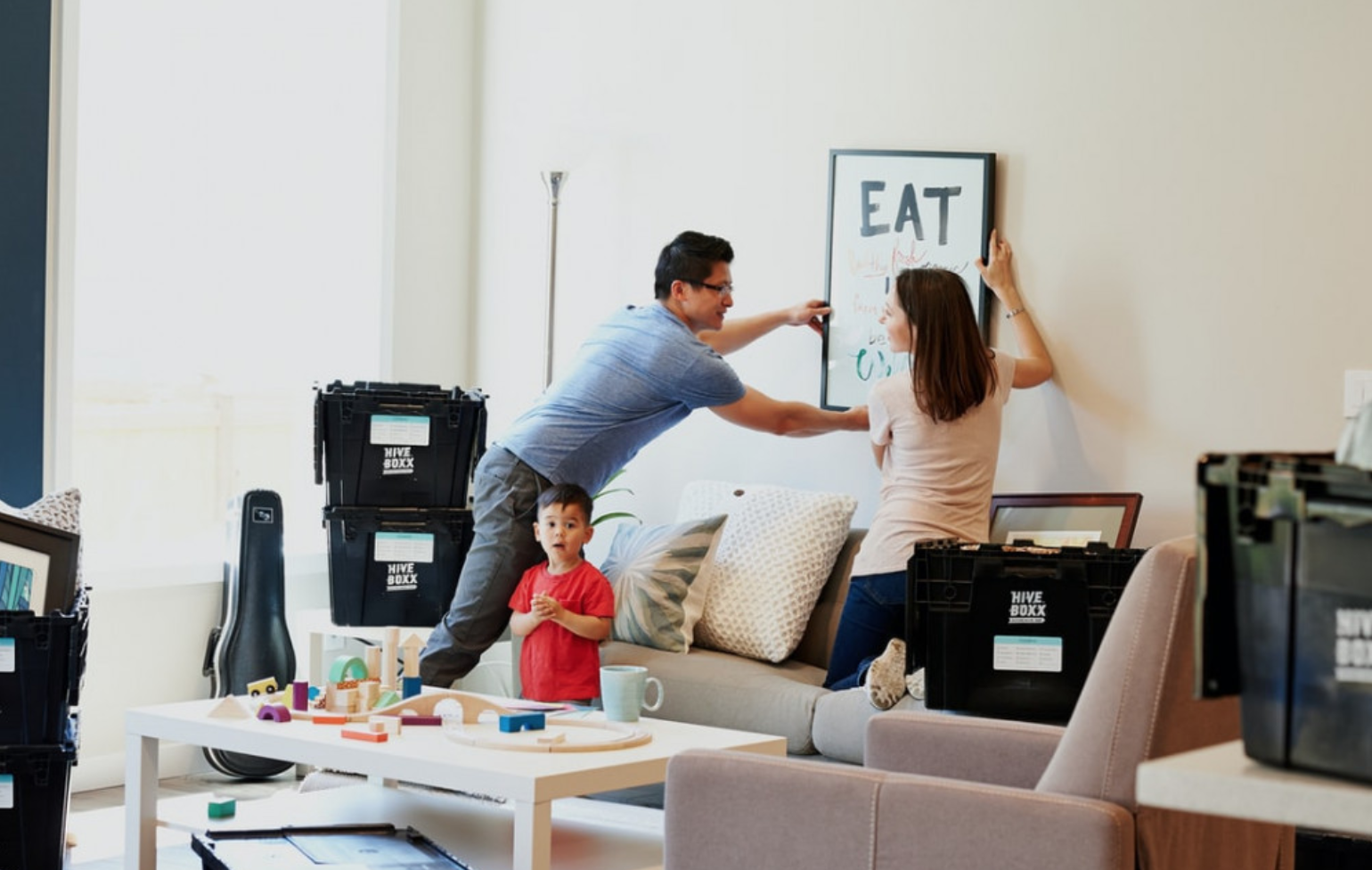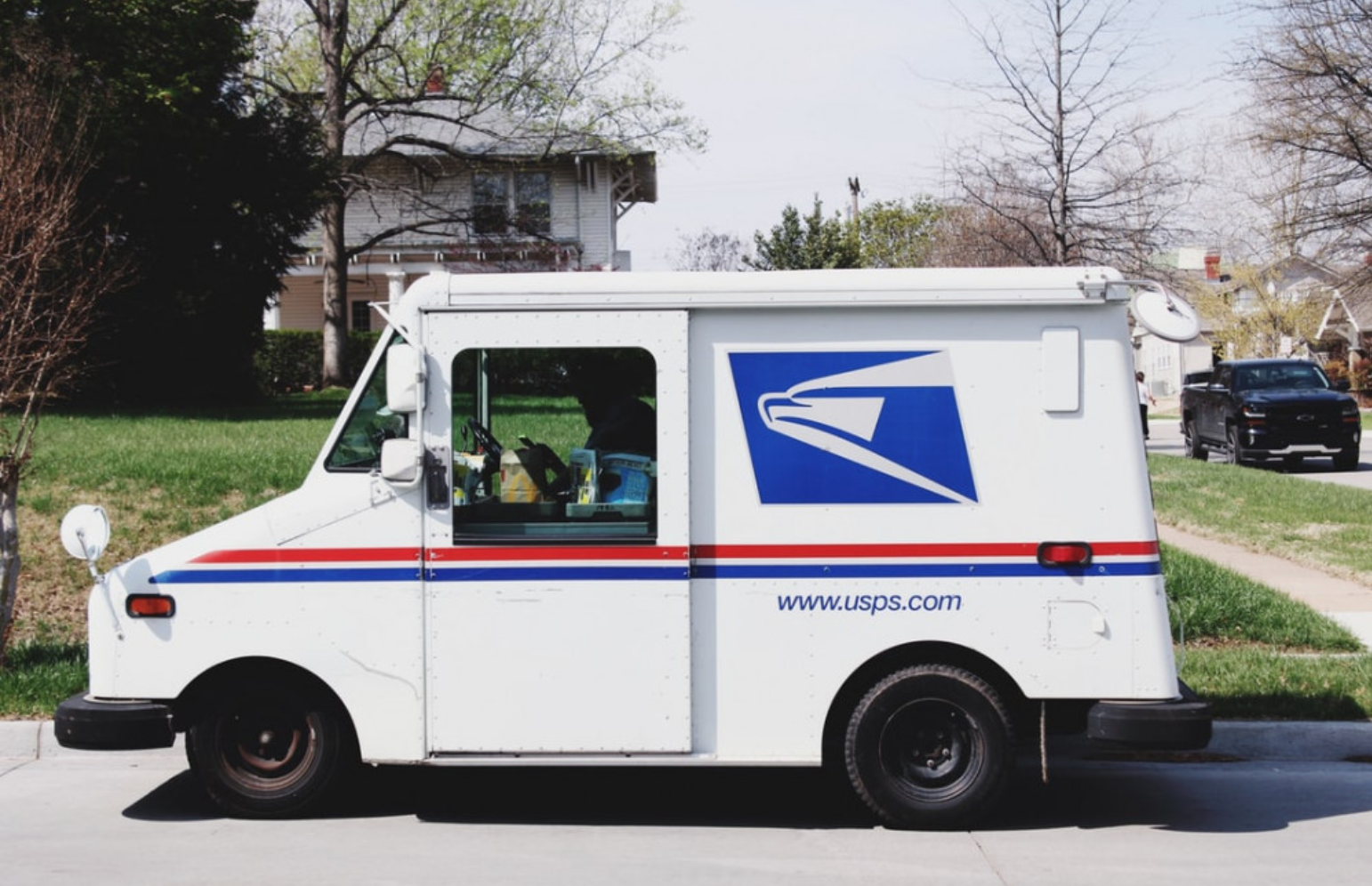It’s signed. It’s sealed. Now, what about the delivery? Did you know there are a few ways you can have your mailman pick up and deliver your outgoing mail? Some are better than others, as you’ll find out!
Below, I’ll walk you through the ins and outs of how to let your mailman know you have mail to go out.
This article is part of the Homeowner’s Guide to Navigating the US Postal Service.Place the Outgoing Mail in Your Mailbox
You may be thinking, “Could it really be this simple?” And, frankly, it could be. The USPS refers to outgoing mail (or pre-paid mail) as Collection Service.
As long as your outgoing mail has the correct postage and falls within the regulated dimensions, the letter carrier will snag it from your mailbox.
Let’s pause here and cover the size and weight regulations. If you plan on only paying with postage stamps, listen up! Your letter can’t weigh more than 10 ounces. It also can’t be more than a half-inch thick.
If it falls outside those guidelines, don’t sweat it. You’ll just have to take it to a local postal office for delivery. By the way, if you need a receipt for the letter you’re mailing, you’ll want to go to the postal office for that, too.
Your mailman won’t leave a receipt after taking your outgoing mail from your mailbox.
Schedule a Pickup
Do you have a ton of mail for your mailman to pick up? If so, I recommend scheduling a pickup rather than leaving it all out and crossing your fingers.
Keep in mind that USPS doesn’t do this everywhere! You’ll have to check their website to see if you can participate.
So, once you confirm you can schedule a pickup in your location, simply follow the four steps on their website. You’ll just need to enter your information and pick a time and day.
It’s even easier if you already have an online account with them! Trust me, for bulk mail pickups, this is the best route.
Use Your Outgoing Mail Flag
As you may have noticed, I haven’t mentioned the mailbox flag before now. That’s because you can technically leave letters for pickup in your mailbox without putting the flag up.
And, in fact, it’s recommended not to put the flag up.
You may ask why, which is completely understandable. After all, it’s there to specifically signal to your mailman that you have outgoing mail.
If the flag isn’t up and the mailman doesn’t have mail for you that day, your outgoing letter will just sit there. Also, the mailman may not realize a letter in your mailbox should go out and just pile your incoming mail on top of it.
You’d want to revert to the mail flag if that happens.
However, consider what you’re mailing. Does it contain any sensitive information? Checks? Gift cards? A full list of your most private details?
You wouldn’t want any of that falling into the wrong hands. And, unfortunately, people with sticky fingers might see mail flags as signs of hidden treasure.
Mail theft is a sad reality that you should be conscious of before putting up the flag.
Community Outgoing Mailbox
What if you live in a community with a central location for mail activity? It’s a bit different than if you have a house with a standard individual mailbox, but don’t worry. It’s just as easy.
Some living communities have “Cluster Box Units,” or CBUs. They’re basically big metal containers with individual locking compartments for each resident.
Centralized, group mailboxes like these are great in terms of safety and security. What’s more, they typically have their own secure slot for outgoing mail.
In this case, you simply drop your outgoing letter in the slot.
In case you didn’t know, the USPS is actually requiring new housing developments (yes, even single-family home ones) to use this cluster mailbox system. So, if you’re in a relatively new housing community like us, you’ve probably already experienced this.
Personal Outgoing Mailbox
You can also set up your own personal outgoing mailbox, but it’s a little more advanced. We’re now moving from Outgoing Mail 101 to Outgoing Mail 201, so hold onto your postage stamps.
First things first, you have to be in an area that’s suited for it. So, you can only do this if you have a mailman who goes house-to-house.
If that’s the case, you can set up a second mailbox as long as it’s easily accessible and visible. Check out USPS’s FAQs on this and ask your mailman or local Post Office before getting into this little project. Note that mailboxes must be USPS approved.
Now, I’m sure you wouldn’t be interested in putting the resources into this unless you plan on having a lot of outgoing mail. But if you do, it could be a good way to keep things organized.
Communicate Directly with Your Mail Carrier
Are you friendly with your mail carrier? Maybe you’re usually at home when they swing by, and you’re used to giving them a wave.
If you’ve crossed paths with your mail carrier, consider just talking to them or handing them your outgoing mail in person. I know in-person contact can be scary, but it could be the perfect solution for you.
Let’s say you don’t have a mail flag for some reason. In that case, you can write a clear note that says “Outgoing Mail” and leave it for your mailman to see, along with your letter.
Don’t shy away from personal communication with your carrier! Getting on a first-name basis can only help.
Conclusion
Now, has your mail anxiety gone down a bit? I hope this guide has helped you navigate the world of collection services. Whether your next letter will go out using the mail flag, scheduled pickup, or through a community outgoing mailbox, it should be on its way soon! Remember, when in doubt, you can always visit your local Post Office.
Related Posts:




